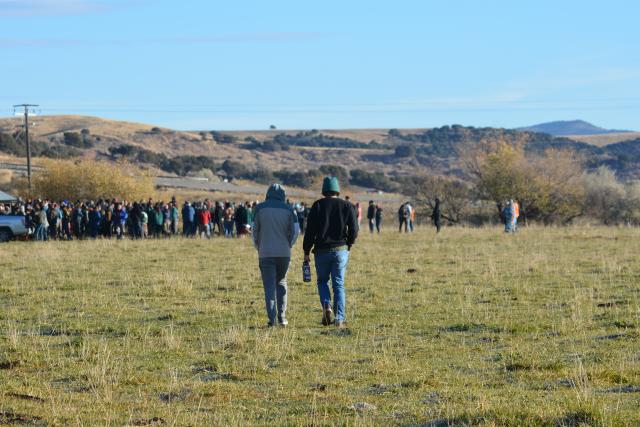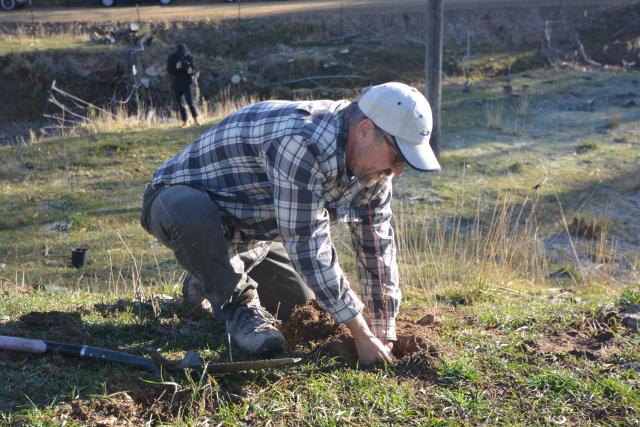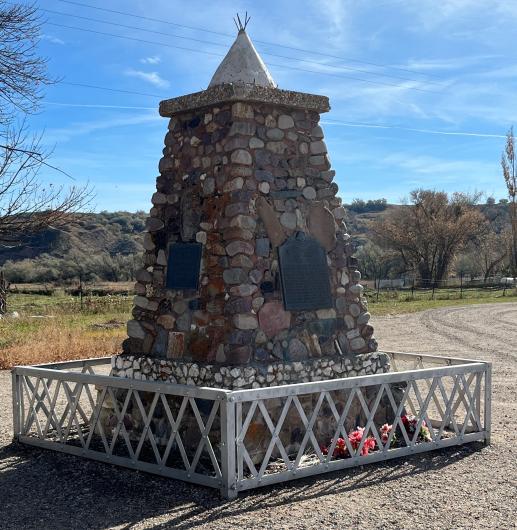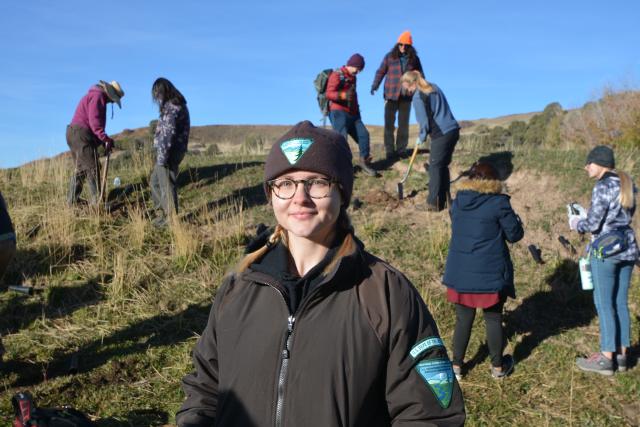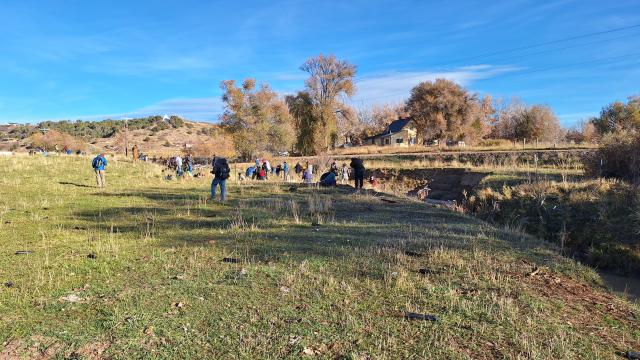Related Stories
- Smokey Bear joins Mr. & Mrs. Claus to continue LTVA annual toy giveaway
- Using science to uncover mysteries of the Mesa archaeological site in Alaska
- Stewardship and smiles at Samoa Dunes: BLM California hosts National Public Lands Day event
- BLM is thankful for public lands volunteers
- Lake Havasu Fisheries Improvement Program: Thirty years of stewardship, science, and community
Office
440 West 200 South, Ste. 500
Salt Lake City, UT 84101
United States
Phone:
Email:

